| Model: | MOS 69-53-4 |
| Place of Origin: | Zhejiang,China (Mainland) |
| Brand: | MOSINTER |
| Molecular Formul: | C16H19N3O4S |
| CAS NO.: | 69-53-4 |
| Molecular Weight: | 349.4 |
| Melting point: | 208℃ (dec.) |
| Water solubility: | 0.1-1 g/100 mL at 21℃ |
- Have any questions?
- +86-189 8930 5995
- sales@mosinterchem.com.cn
Ampicillin CAS 69-53-4

D-cycloserine CAS 68-41-7
05/12/2018
Ethambutol CAS 74-55-5
05/12/2018Ampicillin CAS: 69-53-4
| Molecular Formula: | C16H19N3O4S |
| Molecular Weight: | 349.4 |
| Melting point: | 208℃ (dec.) |
| Water solubility: | 0.1-1g/100mL at 21℃ |
Physical and chemical properties
This product is a white crystalline powder; taste bitter. This product in water, slightly soluble in chloroform,
ethanol, ether or not essential oil insoluble;
in dilute acid solution and dilute dissolved in alkaline solution.
Medical uses
Ampicillin is active against Gram-(+) bacteria including Streptococcus pneumoniae, Streptococcus pyogenes,
some isolates of Staphylococcus
aureus (but not penicillin-resistant or methicillin-resistant strains), and some Enterococci. Activity
against Gram-(-) bacteria includes Neisseria meningitidis, some Haemophilus influenzae, and some
Enterobacteriaceae. Its spectrum of activity is enhanced by co-administration
of sulbactam, a drug that inhibits beta lactamase, an enzyme produced by bacteria to inactivate ampicillin
and related antibiotics.
It is used for the treatment of infections known to be or highly likely to be caused by these bacteria.
These include common respiratory infections
including sinusitis, bronchitis, and pharyngitis, as well as otitis media. In combination with vancomycin
(which provides coverage of ampicillin-resistant pneumococci),
it is effective for the treatment of bacterial meningitis. It is also used for gastrointestinal infections caused by consuming
contaminated water or food,
such as Salmonella, Shigella, and Listeriosis.
Ampicillin is a first-line agent for the treatment of infections caused by Enterococci. The bacteria are an important cause
of healthcare-associated
infections such as endocarditis, meningitis, and catheter-associated urinary tract infections that are typically resistant
to other antibiotics.
Side effects
Ampicillin is relatively non-toxic. Its most common side effects include rash, diarrhea, nausea and vomiting. In very rare
cases it causes severe
side effects such as angioedema, anaphylaxis and Clostridium difficile diarrhea.
Mechanism of action
Belonging to the penicillin group of beta-lactam antibiotics, ampicillin is able to penetrate Gram-positive
and some Gram-negative bacteria.
It differs from penicillin G, or benzylpenicillin, only by the presence of an amino group. That amino group
helps the drug penetrate the outer
membrane of Gram-negative bacteria.
Ampicillin acts as an irreversible inhibitor of the enzyme transpeptidase, which is needed by bacteria to
make their cell walls. It inhibits the third
and final stage of bacterial cell wall synthesis in binary fission, which ultimately leads to cell lysis; therefore
ampicillin is usually bacteriocidal.
You must be logged in to post a review.

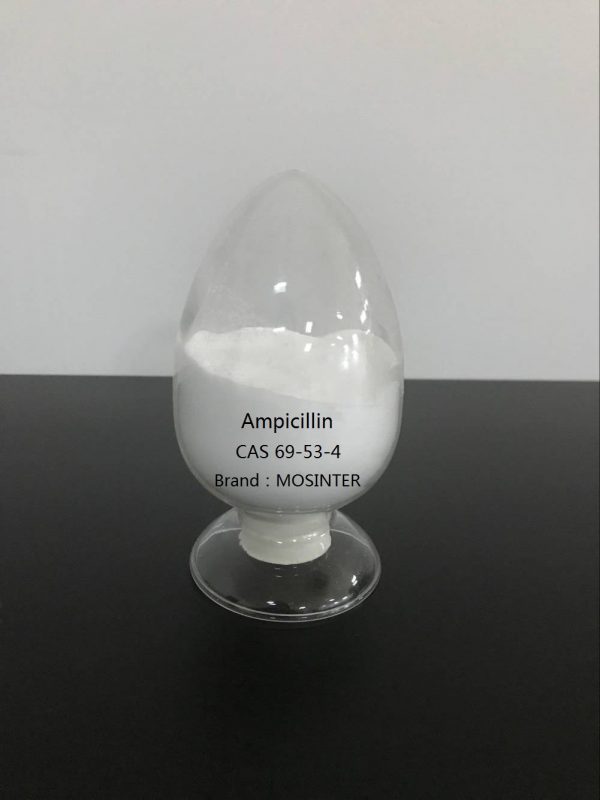
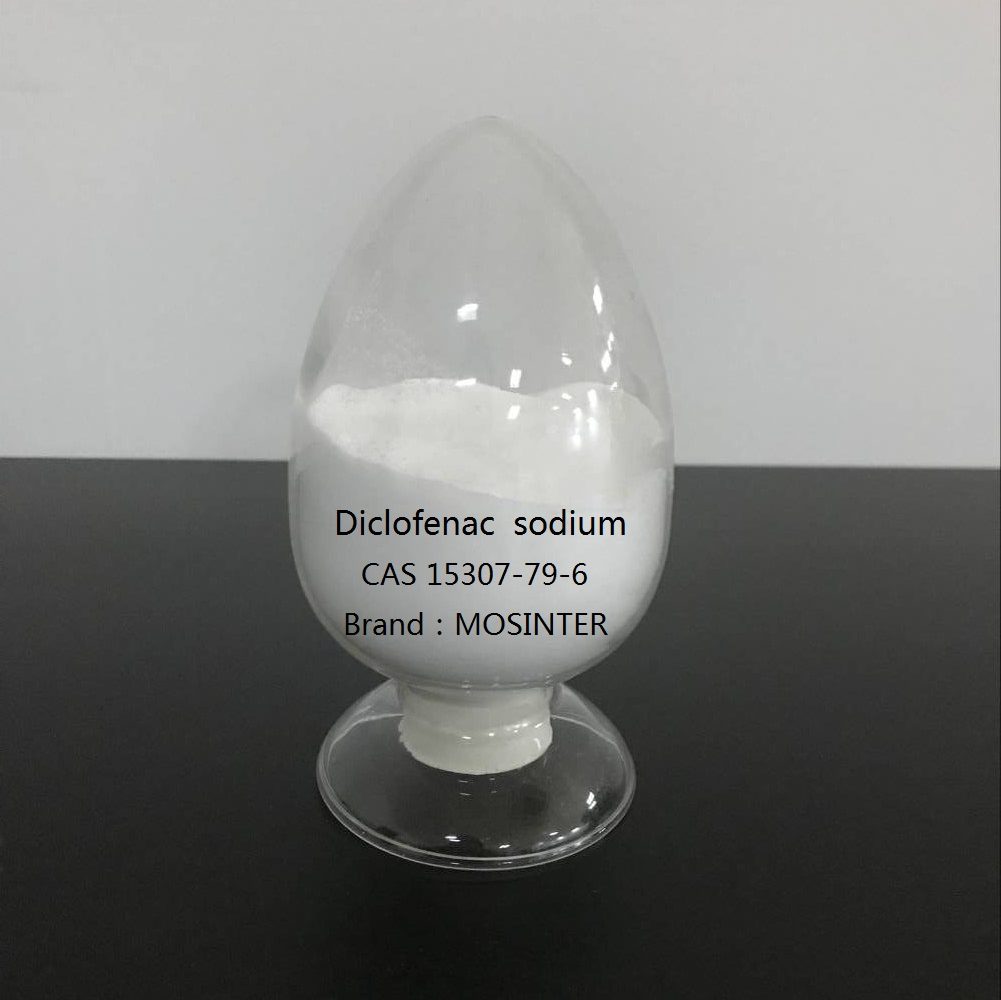
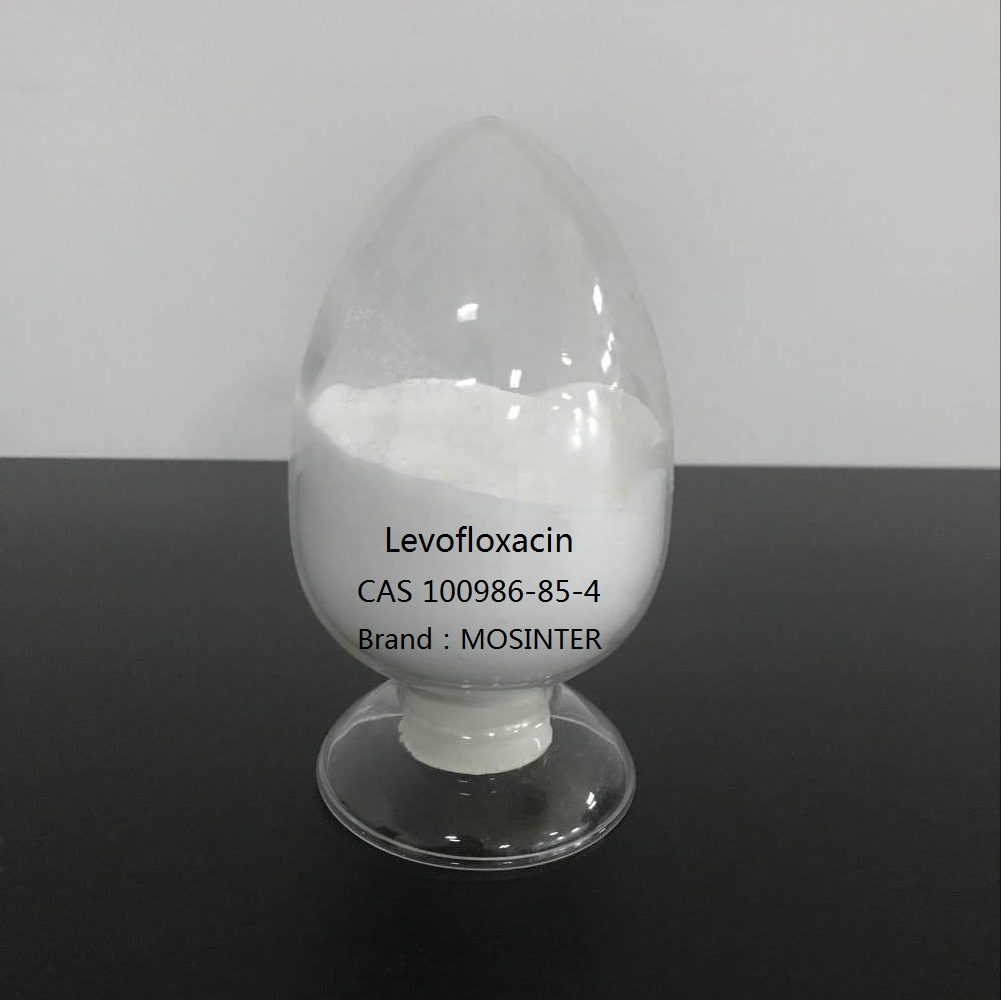
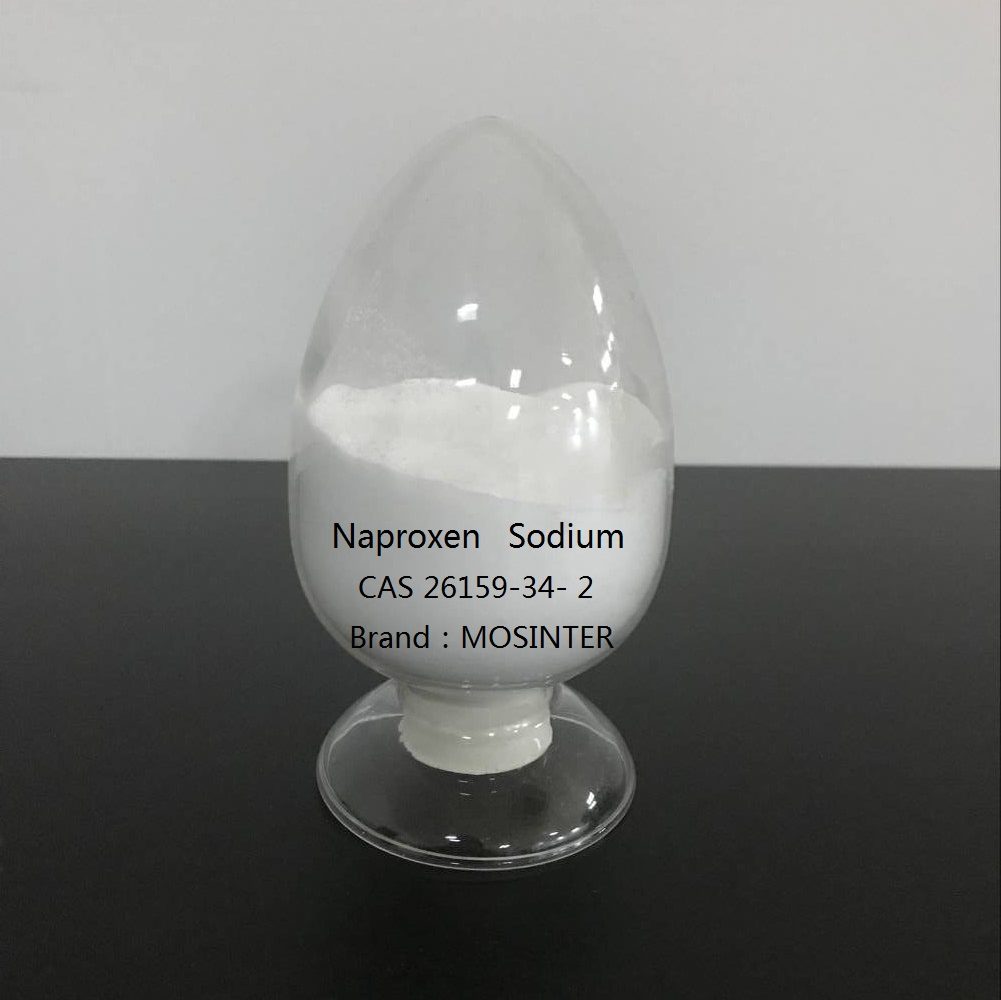
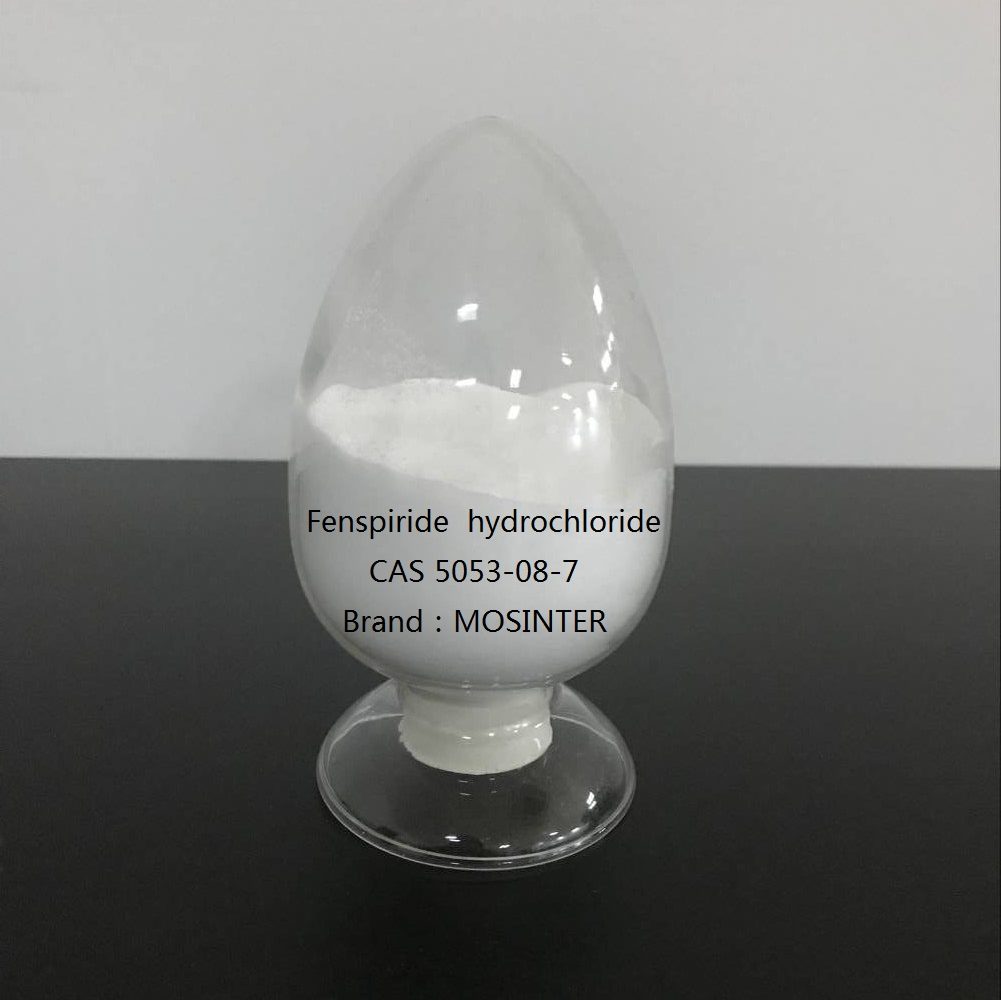
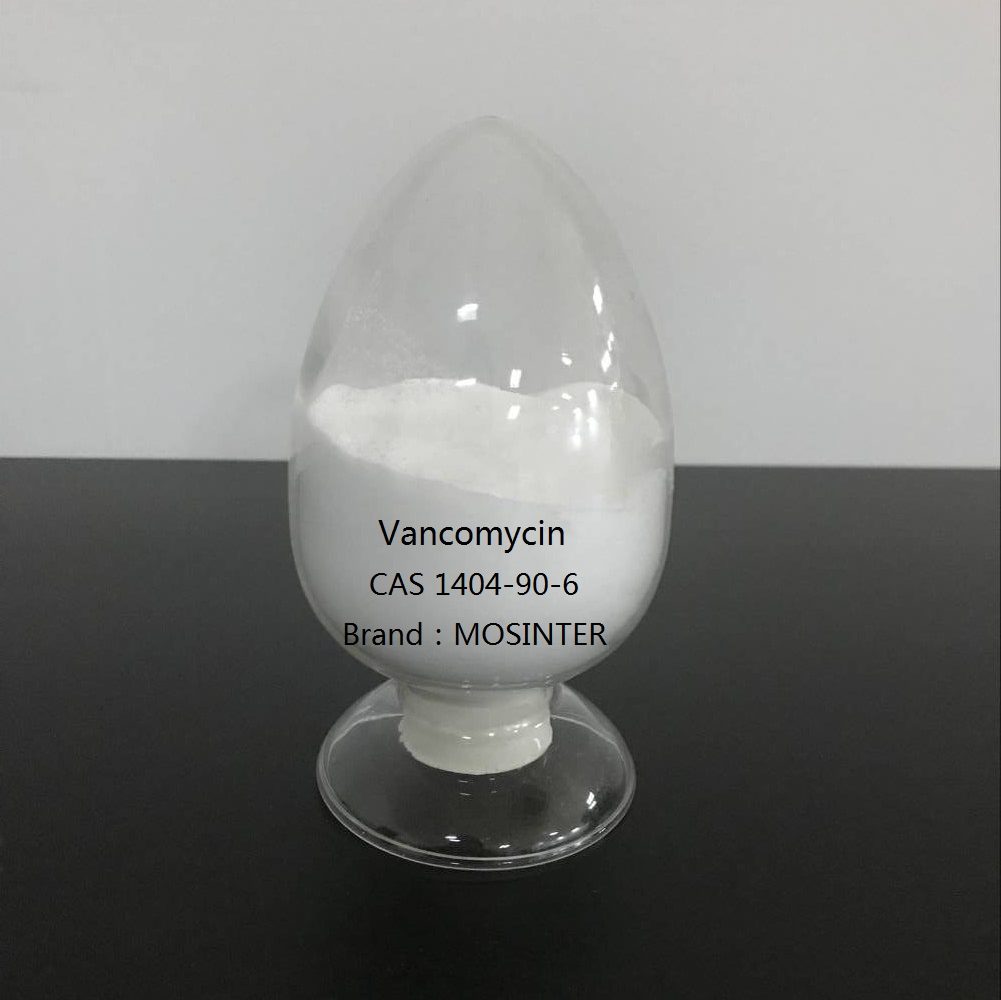
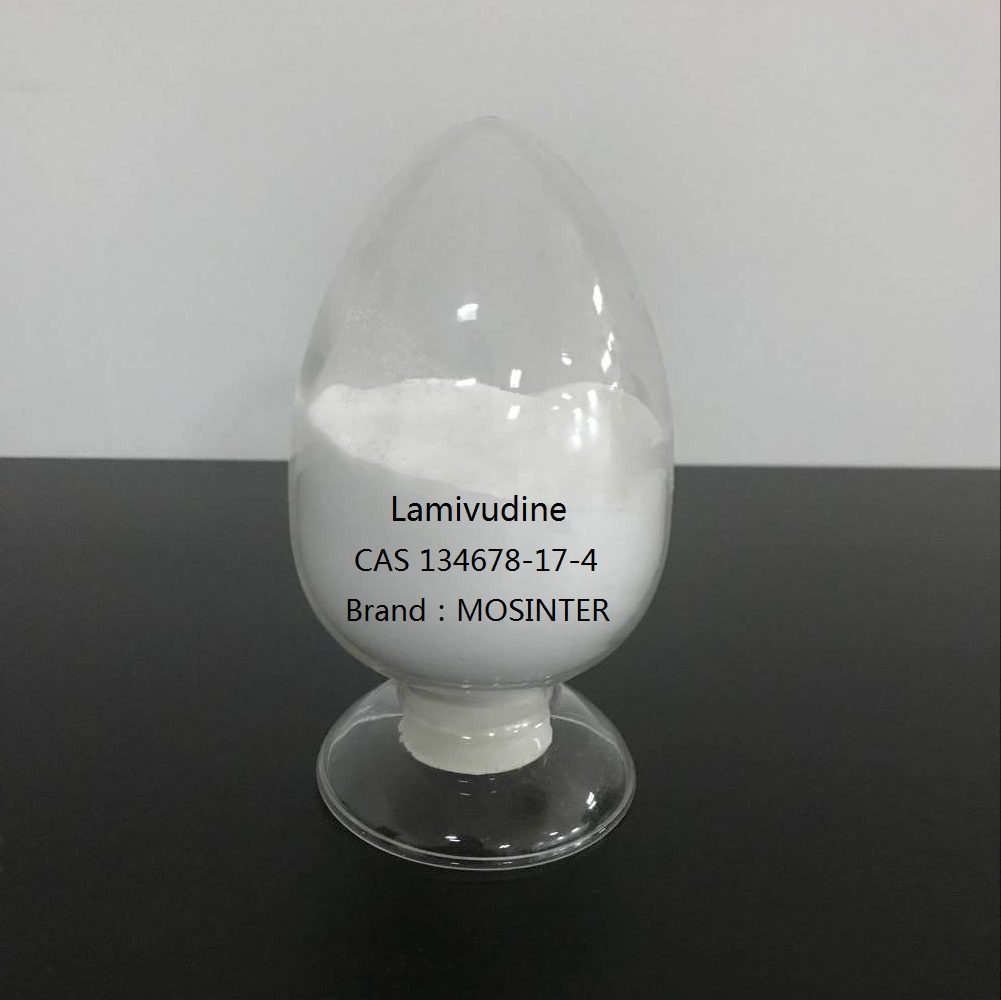
Reviews
There are no reviews yet.